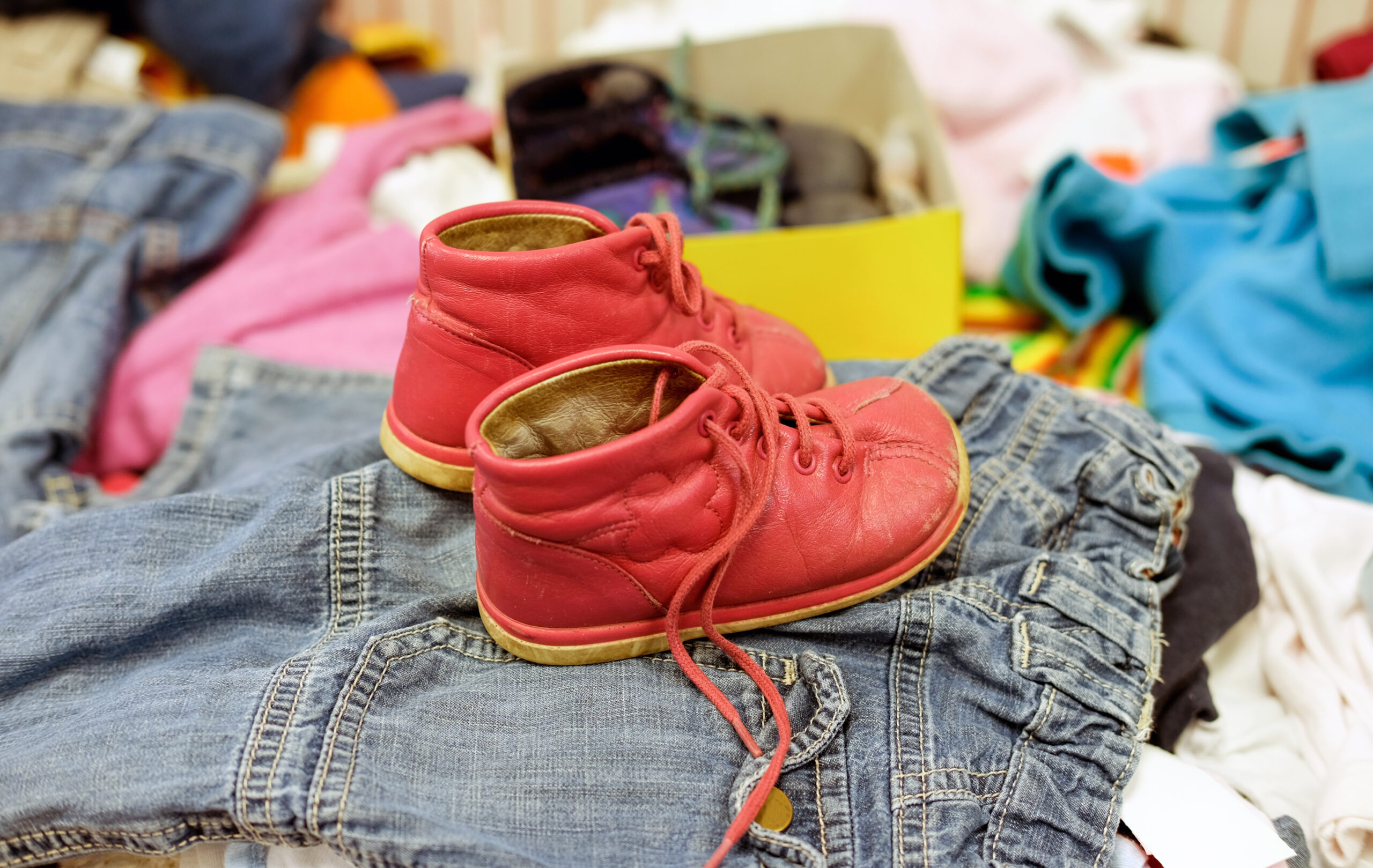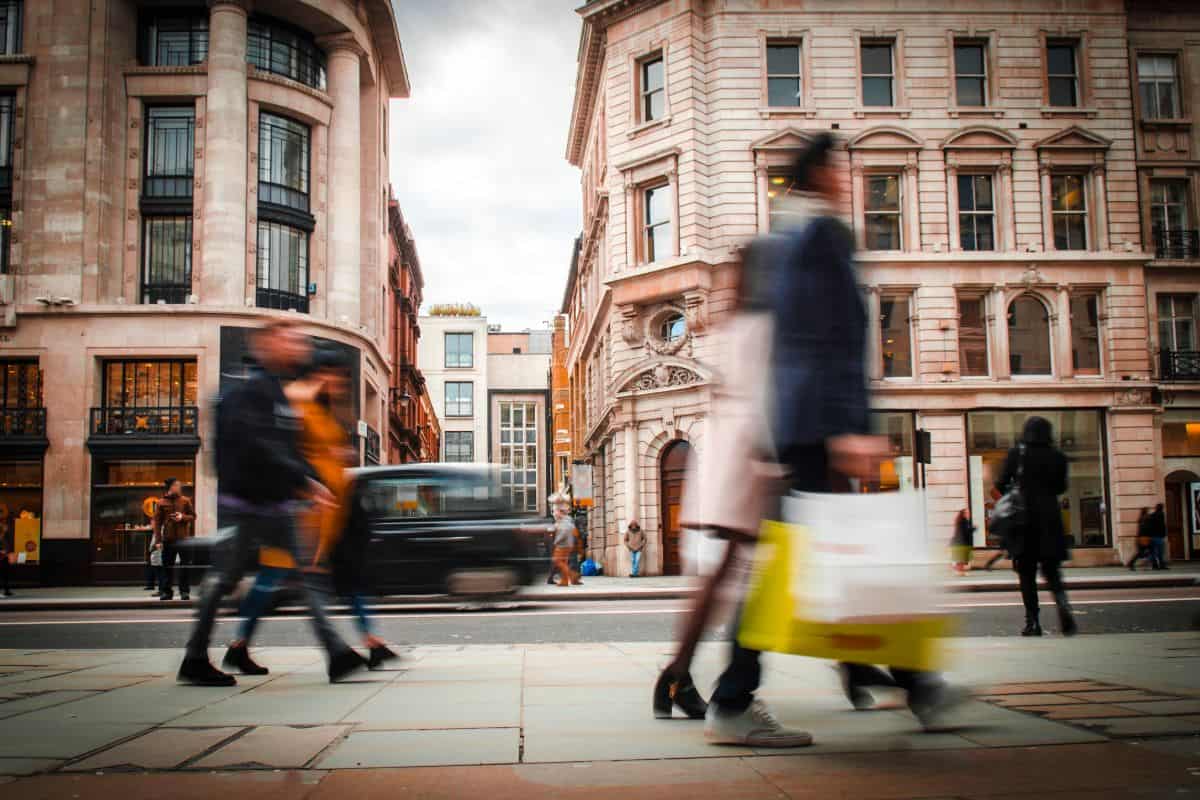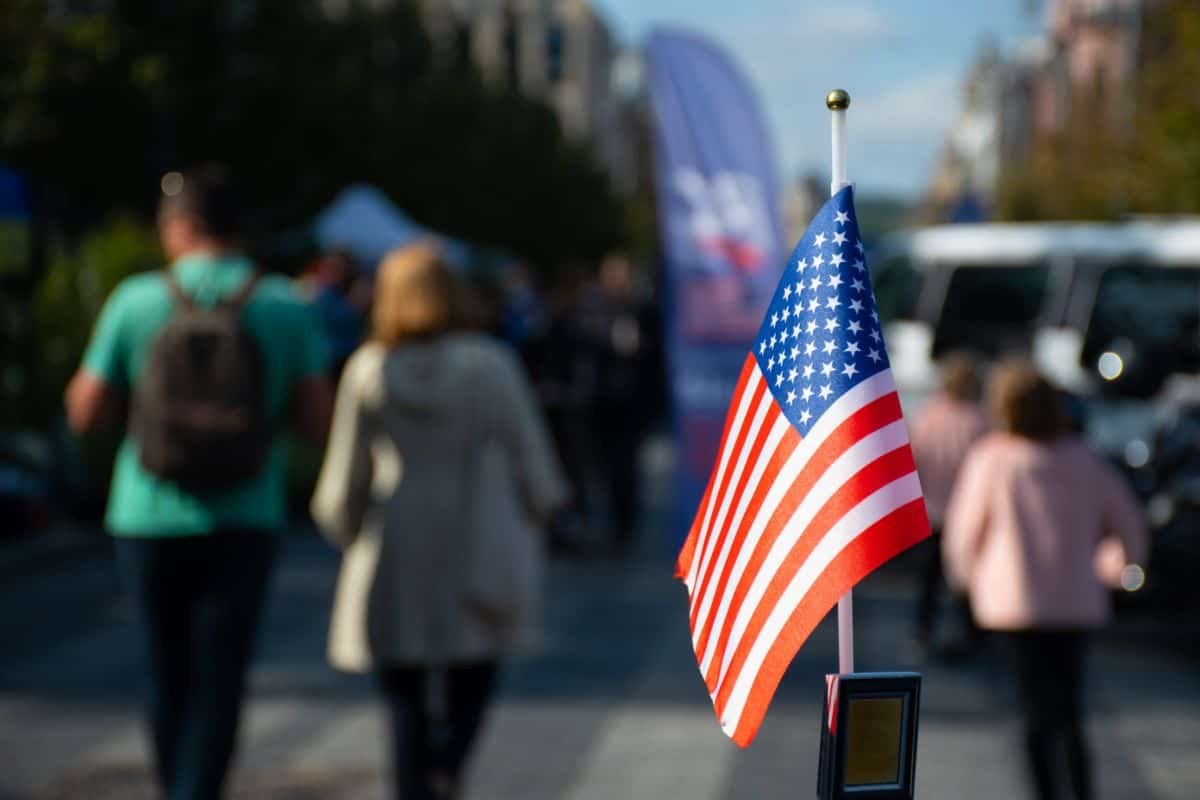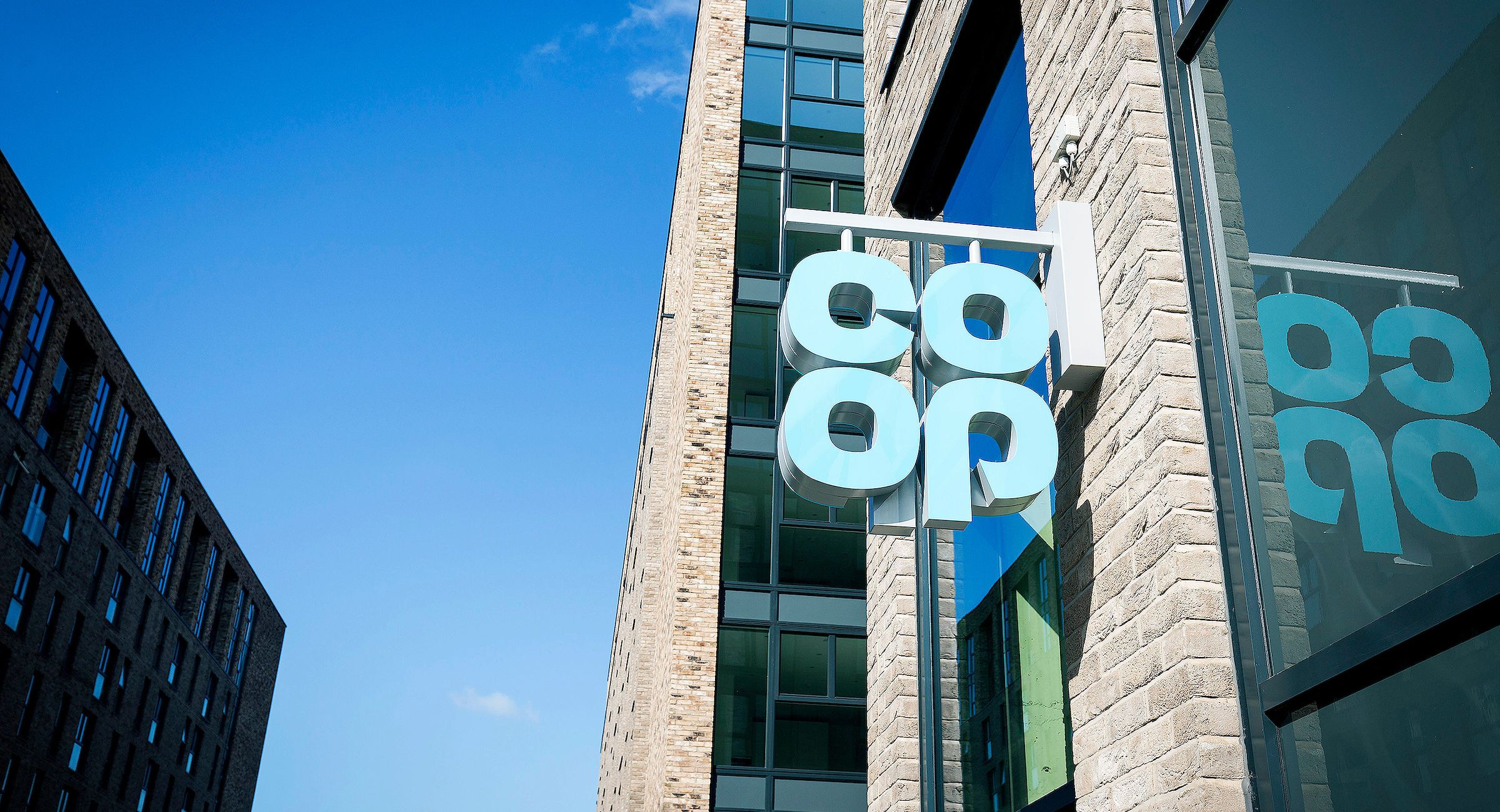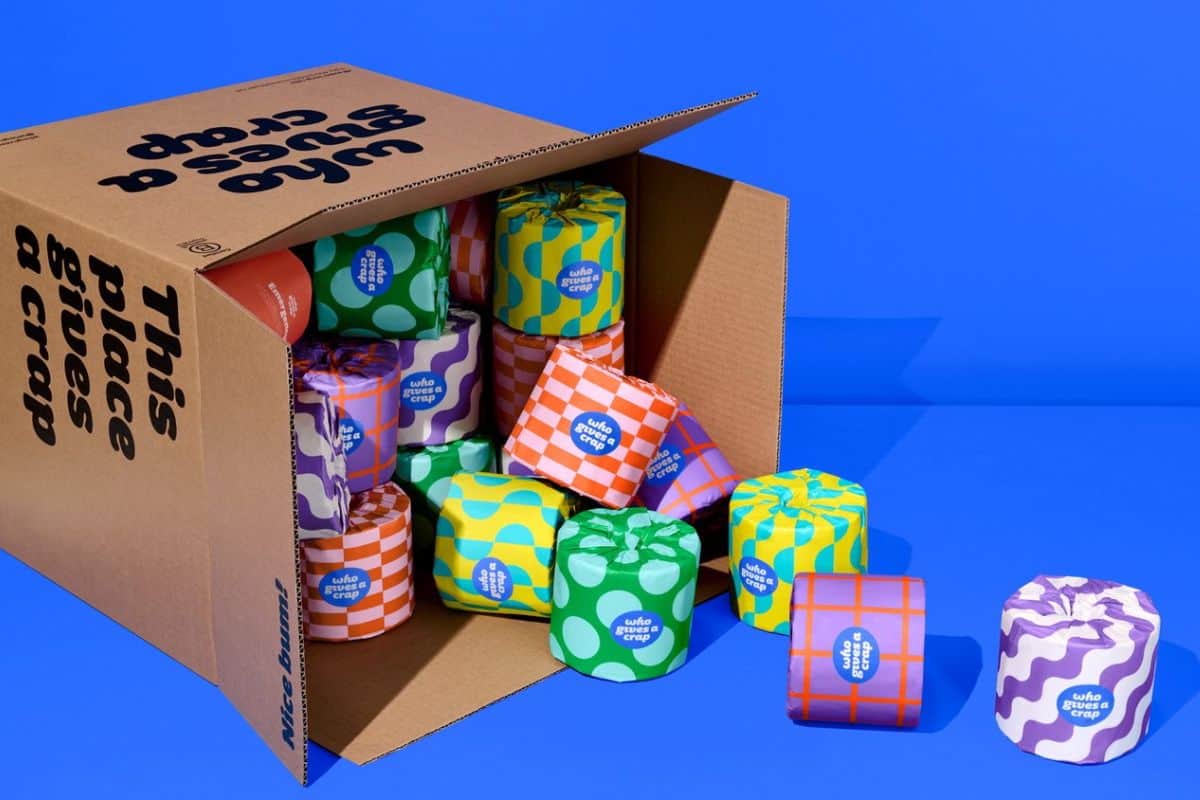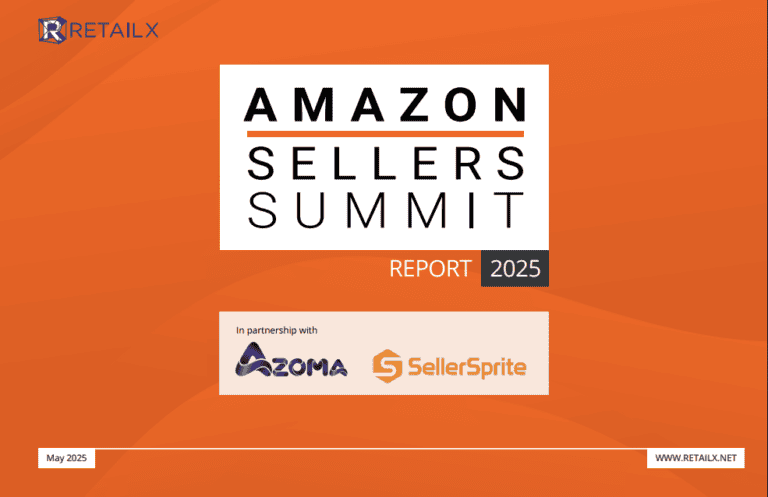The increasing consumer interest in sustainable fashion has given rise to a boom in second-hand fashion sales, according to the RetailX Global Fashion 2024 report.
Second-hand sales have always been an option, with charity shops selling second-hand clothes and homewares on most high streets since the 1940s.
In fashion, there has been a surge in interest in this area, driven by sustainability goals among shoppers, and a quest to go beyond mass-produced fast fashion and find more unusual items. The appeal of retro and vintage has also played in here.
Globally, this move to second-hand fashion has been slow but significant. Second-hand clothing already accounts for the largest single sector, with 28.2% of the world’s shoppers having purchased it. This is second only to books, which let’s not forget were Amazon’s specialisation when the company pioneered ecommerce with back in the 1990s.
Second-hand clothing is now big business in the US and UK, which lead the world. 42% of US shoppers and 37.5% of those in the UK have purchased at least one item of second-hand clothing in the past year, giving rise to a market that has been valued at $43.9bn in 2024 in the US alone.
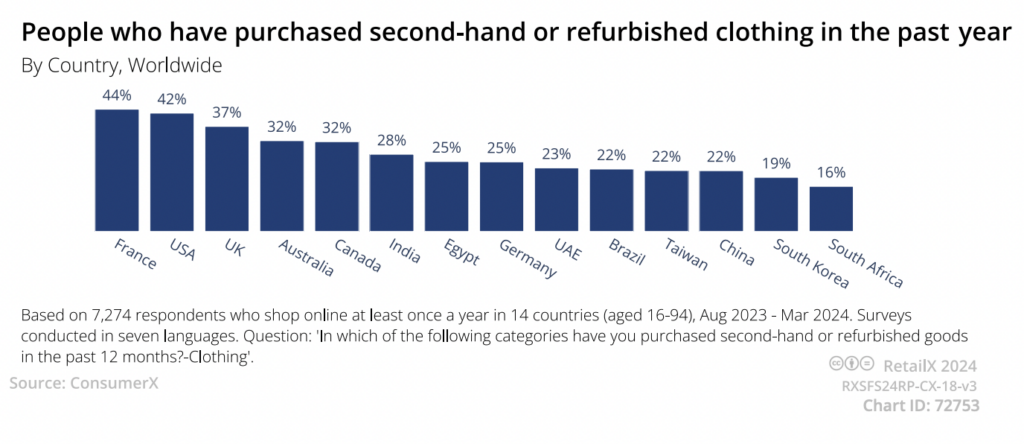
This boom in second-hand is only set to grow as shoppers extend their awareness of the financial, social and environmental benefits of shopping used clothes. Numerous marketplaces that sprung up around second-hand clothing in the US and UK are also starting to generate heat in other regions.
While already inclined to shop second-hand apparel, the markets in China and India are still growing. With more shoppers there getting to grips with pre-loved accessories, that market is also expected to grow.
As these markets mature – and ‘new’ fashion sales continue to increase – the stock of good second-hand fashion will increase, achieving a critical mass that could eventually ignite an enormous second-hand fashion market across both of these regions.
Should that happen, there is the potential for second-hand fashion to become a cross-border business, led by designer and luxury fashion items moving from markets with high supply to those with high demand. Initially, this could be flowing West to East but in time, that’s likely to reverse as first-generation luxury fashion shoppers in China and India place their pieces on the market.
The growth of second-hand fashion in MENA
The global second-hand apparel market is projected to reach $351bn by 2027, with part of that growth coming from a new interest in second-hand fashion in the Middle East.
Here, the second-hand fashion market is experiencing a surge in popularity, driven by the same confluence of factors that has prompted its explosion in the more developed markets of the US and UK. The region’s younger generations of shoppers are becoming increasingly environmentally conscious, while rising inflation and the post-pandemic economic climate have made people more price-conscious.
As a result, traditional stigmas around buying used clothing are fading, especially among Millennial shoppers. The Middle East also has a strong market for pre-owned luxury goods, with platforms such as Dubai-based The Luxury Closet catering to this segment and helping usher in a more open-minded attitude to second-hand across the board.
The potential for growth in the MENA region is huge. The pre-owned market in the UAE, for example, is booming, with companies such as North Ladder securing $5mn funding for expansion. Elsewhere, online marketplaces such as Bazaara are facilitating the buying and selling of second-hand fashion across the region.
With the market currently flourishing, there’s still room for growth, particularly for platforms specialising in non-luxury items and categories such as children’s wear. As more consumers get to grips with second-hand, the region is likely to quickly become a hotbed for second-hand fashion growth.
This is an except from the new RetailX Global Fashion 2024 report. The report looks at how the fashion sector has recovered from the pandemic; the channels of choice including online, mobile, social, subscriptions; and future trends.
There are 11 key player profiles and company snapshots on Shein, Trendyol, lyst, Musina, Eobuwie and Myntra.
Stay informed
Our editor carefully curates two newsletters a week filled with up-to-date news, analysis and research, click here to subscribe to the FREE newsletter sent straight to your inbox and why not follow us on LinkedIn to receive the latest updates on our research and analysis.
